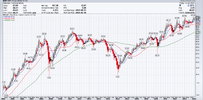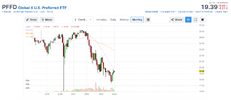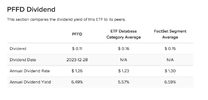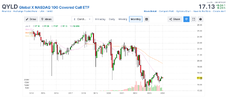- Joined
- 28 December 2013
- Posts
- 6,392
- Reactions
- 24,319
This is interesting

 www.marketindex.com.au
www.marketindex.com.au
Skate.

ASX January jitters! Aussie investors' 2024 seasonal roadmap
Seasonal trends indicate January is usually a good month for the Australian stock market, but data suggests it usually underperforms after strong Decembers – like the one we experienced in 2023.
Skate.








